Ep. 03: How to write a better blog post.
LISTEN ON APPLE PODCASTS | LISTEN ON STITCHER | LISTEN ON SPOTIFY | RSS FEED
In grade school I won the “Best Handwriting” award, and I thought to myself, but what about the story I was telling? Wasn’t that worth it’s weight? Handwriting. What about character arcs, what about plot?
In this episode, I’m breaking down the content behind the handwriting, behind the design, the Instagram photo, because a picture is worth a thousand words, but if you try to use a thousand words to describe a picture—you’re going nowhere fast.
If you’ve been wondering how to improve your writing, whether you’re a blogger or a hotel marketer, if you’re writing blog posts or landing pages, this podcast will help.
Today, I’m sharing how to write a blog post that doesn’t suck.
My first tip is to start with a good idea and a good angle.
There are a few ways to know if your starting point is a good one—some are more numbers based, and some are more emotionally-based.
You might be more of an analytical person, thinking about numbers to your blog post for instance, so you might be using a tool like Google keyword search to vet blog topics before you start writing. Good for you. That’s a great tool.
On the other hand, you might be more of a creative person, driven by instinct and intuition—driven to share experiences that moved you, and less concerned about traffic.
There’s another mindset in the mix, and that’s the person who is writing because they have to—whether they’re working on a sponsored post or sharing content about a destination or an offer with their subscribers.
Whatever angle you’re coming from, what you want to do is lean on all three of these perspectives to come up with a good idea, and a good angle.
The Analytic
When you have an idea, run a simple google search to see how many results you find. If it’s a hot topic, you might see millions or billions of results, and realize you should narrow it down. If it’s so niche that no one’s searching for it, consider broadening your approach.
For me, if I see results in the 10,000s or 100,000s, I feel like I’ve landed on a good topic. I realize that’s a broad range, and it’s because this isn’t the only thing that matters when it comes to writing a blog post that doesn’t suck.
In fact, if you write a blog post based on these numbers alone—basically a blog post just for the sake of traffic—there’s a good chance your blog post kind of sucks. Sorry to break it to you. That’s just because you want to incorporate the other two frames of mind when writing a blog post.
The Creative
Let’s dig into that second frame then—the creative’s perspective. The one that’s driven largely by instinct, passion, and a sense of purpose. A need to tell a story. This mindset hits home for me. I never really considered myself an artist, but there’s no doubt I become super passionate about ideas and they practically consume me until I can get them down on paper.
It’s like there’s something inside of me that needs to get out—a story that needs to be told.
Like that one time we were in Sardinia and I was five months pregnant and we were road tripping in a camper van, and didn’t realize it was the off season so everything—including the campgrounds were closed. We could barely find a place to eat, let alone a toilet seat. “6 things no one told you about Sardinia” became an instant hit on my blog.
Maybe you’re an artist in this sense, too.
What I want to share here, is that you need to straddle both ways of thinking—the analytical person shouldn’t stop at searching keywords, they should find a topic they’re passionate about, and the creative person should make sure they’re writing a story for more than just their own fulfillment, that is if they hope to attract other readers to their writing.
The Assignee
I don’t want to forget about the third mindset here—and that’s the person that’s been assigned the task of writing about a specific topic—whether for a sponsored blog post, an ad campaign, or a landing page. This person is coming at the topic from a different angle—necessity for sure. But in this case, don’t sell your topic short.
Take some time to search for keywords around the topic to find an angle that readers will find interesting. And find some ways to make your content more interesting—can you share a personal story? A real review about the experience not just a sales pitch? What about experiences on the periphery?
For example, if you’re sharing content about a fall trip to Ann Arbor, Michigan, you’d want to mention more than the travel offer, you’d want to share curated things to do in Ann Arbor in the fall—like seeing fall foliage while kayaking, or where to find the best apple cider donuts—for example.
Proofread
The next big tip is to proofread your work, but not in the way you may think. My teenage nieces have been telling me about Grammarly, which is a free online writing tool used by 20 million people, that lets you check your work for grammar. It also reads your writing and tells you if you sound confident or professional.
If you’re closer to my age, and high school is a distant memory for you, you’ll remember when spellcheck on Microsoft Word changed our worlds. Today, there’s a grammar checker? Amazing. And hey, I don’t fault them for using what’s available.
But when you’re not writing an assignment for school, when you’re writing a piece that requires creativity and your own voice or the voice of your client, I suggest you use my simple proofreading trick—read the content out loud.
This is the fastest way to ensure your content flows, is easy to read, and doesn’t contain typos or grammar issues.
Also, don’t let grammar stop you up. If you need to, use Grammarly, or consider that writing in your own voice doesn’t have to include perfect grammar.
With the way we consume media today—our expectations as readers are different—we tend to read content that flows more easily than we read content that’s grammatically correct. If correcting the grammar makes your content harder to read, or takes the personality out of it, I recommend not messing with it.
Visuals
The third tip I’m going to share with you is visual.
Once you’ve proofread your work, and you’re ready to publish, you’re going to want to add photos. Photos help tell your story and break up the content. Choose photos that correspond to the content you’re writing. Use your own photos whenever possible.
If you don’t have your own photos, you can search for free photos online using Unsplash or Pixabay, or you can pay for stock photography on sites like iStock. All of these sites are easy to search. If you’re using free imagery, see if you can include a caption to reference the photographer.
As easy as it might seem to find photos on Google, many of these photos are rights protected and need to be purchased. If you use photos you’ve found through Google search, you run the risk of copyright infringement. Think about it, if you can search and find an image that easily, the photo owner can also search and see who is using their image without paying for it. Don’t let this be you.
Very early in my career working for hotels—maybe eight years ago—I was sharing a kayaking event on our online calendar, and I needed a thumbnail image that looked like a lake in Central Oregon. I Googled and found one, and thinking it was filling a small space and not a big deal, I didn’t think much about resizing it and popping it into our calendar. Several months later, after the event had come and gone, I received a letter from Getty Images informing me of my copyright infringement and asking me to pay a fine of $1000.
This was a wake up call to me—let this be a wake up call to you. If you didn’t know this, and you’ve been using images you’ve found on Google on your website or other digital marketing materials, chances are you’ve heard from Getty Images, too. If you haven’t yet, consider yourself lucky, but also now that you’re informed, you absolutely need to go through and clean up your images so that they’re either your own images, or rights free images from reputable sources like Unsplash or Pixabay.
Post Publish
The last tip I’ll share with you about writing a better blog post is what happens after you hit publish.
In my case, I always send my link to my trusted editors—aka my marketing manager Brittni, who was the editor of her college newspaper, and my mom, who seriously needs to go on Jeopardy one of these days, and who I consider my biggest fan. You likely know who your people are, too.
Have your trusted editors read your content and send you any final edits they’ve caught that may have slipped through your own proofreading. We get so familiar with our own work, that it helps to have a second or third set of eyes on it.
Thankfully, with digital publishing you can hop in and make any final edits that will take immediately.
Now that your blog is totally ready to go, it’s time to share it! Share your blog on all of your social media channels—Facebook, Twitter, Pinterest, and of course, Instagram. You’ll want to take time to write a compelling line that draws the reader in to read more. You can also pull from the opening lines of your post if they feel compelling enough. If you have an email subscriber list, this is another great way to share your post through a dedicated email or by including it in your next scheduled newsletter.
If you want your blog to reach a broader audience than who you’re reaching organically, stay tuned. In an upcoming episode, I’m going to share my secrets for targeting and reaching a broader audience through social media marketing, without spending a fortune.
Now, I’d love to hear from you. Have I taken the guesswork out of blogging for you? Hopefully you could relate to the scenarios I shared today, and you’re now armed with many ways to write a blog post that doesn’t suck.
Leave a comment or ask any additional questions you may have below. I look forward to hearing from you!

